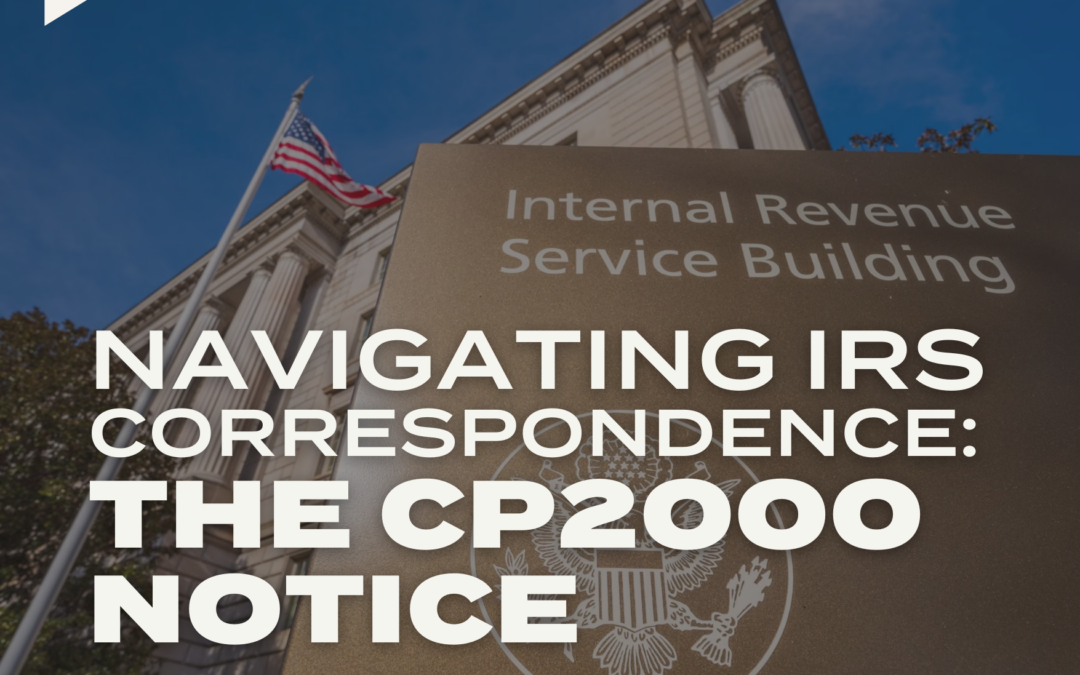A number of factors are making 2023 a confounding tax planning year for many people. They include turbulent markets, stabilizing but still high interest rates and significant changes to the rules regarding retirement planning. While much uncertainty remains, the good news is that you still have time to implement year-end tax planning strategies that may reduce your income tax bill for the year. Here are some steps to consider as 2023 comes to a close.
Manage Your Itemized Deductions
The standard deduction for 2023 is $13,850 for single filers, $27,700 for married couples filing jointly and $20,800 for heads of households. Those levels are higher than they were before the Tax Cuts and Jobs Act (TCJA), which has reduced the number of taxpayers who itemize their deductions. But “bunching” certain outlays may help you qualify for a higher amount of itemized deductions. Bunching involves timing deductible expenditures so they accumulate in a specific tax year and total more than the standard deduction. Likely candidates include: Medical and dental expenses that exceed 7.5% of your adjusted gross income (AGI), Mortgage interest, Investment interest, State and local taxes, Casualty and theft losses from a federally declared disaster, and Charitable contributions. It’s worth noting that there’s been talk in Washington of capping the value of itemized deductions (for example, at 28%). This proposal could come up again if the expiration of several TCJA provisions at the end of 2025 prompts new tax legislation, making it wise to maximize the value of such deductions while you can.
Leverage Your Charitable Giving Options
Several strategies are available to increase the charitable contribution component of your itemized deductions. For example, you can donate appreciated assets that you’ve held for at least one year. In addition to avoiding capital gains tax — and, if applicable, the net investment income tax — on the appreciation, you can deduct the fair market value of donated investments and the cost basis for nonstock donations. (Remember that AGI-based limits apply to charitable contribution deductions.) Although it won’t affect your charitable contribution deduction, you also might want to make a qualified charitable distribution (QCD) from a retirement account with required minimum distributions (RMDs). You can distribute up to $100,000 per year (indexed annually for inflation) directly to a qualified charity after age 70½. The distribution doesn’t count toward your charitable deduction, but it’s removed from your taxable income and is treated as an RMD.
Pay Yourself, Not The IRS
If possible, you generally should maximize the annual savings contributions that can reduce your taxable income, including those to 401(k) plans, traditional IRAs, Health Savings Accounts (HSAs), and 529 plans.
The 2023 limits are:
- 401(k) plans: $22,500 ($30,000 if age 50 or older).
- Traditional IRAs: $6,500 ($7,500 if age 50 or older).
- HSAs: $3,850 for self-only coverage and $7,750 for family coverage (those 55 and older can contribute an additional $1,000).
- 529 plans: $17,000 per person (or $34,000 for a married couple) per recipient without implicating gift tax (individual states set contribution limits).
Contributing to 529 plans has become even more appealing now that, beginning in 2024, you can transfer unused amounts to the beneficiary’s Roth IRA (subject to certain limits and requirements).
Harvest Your Losses
The up-and-down financial markets this year may provide the opportunity to harvest your “loser” investments that are valued below their cost basis, and use the losses to offset your gains. If the losses exceed your capital gains for the year, you can use the excess to offset up to $3,000 of ordinary income and carry forward any remaining losses. It’s vital, however, that you comply with the so-called wash-sale rule. The rule bans the deduction of a loss when you acquire “substantially identical” investments within 30 days before or after the sale date.
Execute a Roth Conversion
Recent market declines also may make this a smart time to think about converting some or all of your traditional IRA to a Roth IRA — because you can convert more shares without increasing your income tax liability. Yes, you must pay income tax in 2023 on the amount converted, but you might be able to minimize the impact by, for example, converting only to the top of your current tax bracket. Moreover, the long-term benefits can outweigh the immediate tax effect. After conversion, the funds will grow tax-free. You generally can withdraw “qualified distributions” tax-free as long as you have held the account for at least five years, and Roth IRAs don’t come with RMD obligations. Plus, you can withdraw from a Roth IRA tax and penalty-free for a first-time home purchase (up to $10,000), qualified birth or adoption expenses (up to $5,000), and qualified higher education expenses (with no limit).
Bear in mind, though, that a Roth conversion may leave you with a higher AGI. That could limit how much you benefit from tax breaks that phase out based on AGI or modified adjusted gross income.
Review Your Estate Plan
Your estate plan probably won’t affect your 2023 income taxes, but it makes sense to review it now in light of the expiration of certain TCJA provisions, including its generous gift and estate tax exemption, at the end of 2025. For example, the TCJA nearly doubled the exemption back in 2018, which is currently $12.92 million ($25.84 million for married couples). A return to a pre-TCJA level of $5 million (adjusted for inflation) could have dramatic implications to your estate plan. In addition, the lingering high-interest rate environment may make certain estate planning strategies more attractive. For example, the value of gifts to qualified personal residence trusts and charitable remainder trusts generally is lower when rates are high.
Cover Your Bases
And, of course, the tried-and-true methods for reducing your taxes — such as deferring income and accelerating expenses — are always worth considering. Of course, if you expect to be in a higher tax bracket in 2024, these methods aren’t helpful. We can help you plot the right course for your circumstances.





